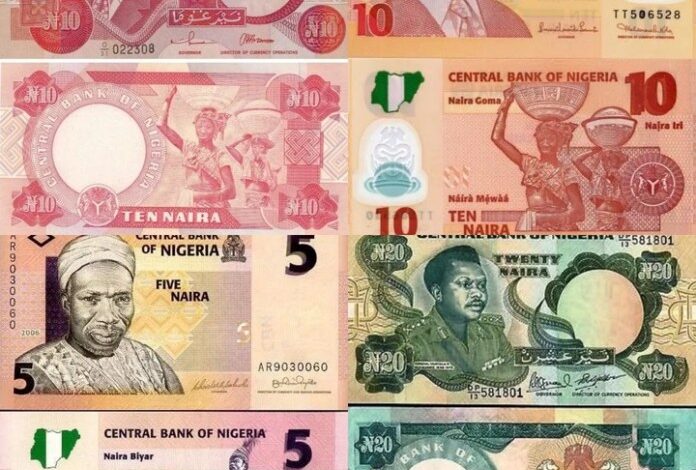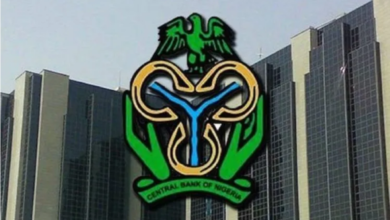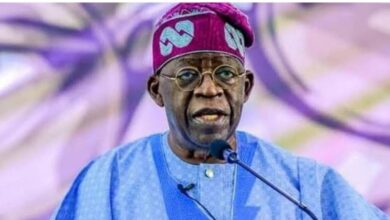Checkout Complete Photos Of Nigeria’s Currencies From the Past Till Date And See How Many You Remember

Checkout Complete Photos Of Nigeria’s Currencies From the Past Till Date And See How Many You Remember
Nigeria has come a long way so far in the aspect of currencies. There was a time when trade by barter was a means of buying and and seeing (giving what you have in exchange for what you need).
There was also a time when the currencies of the Colonial masters were the only means of income, but now, Naira is our legal tender……..Continue Reading
In the year 1912 to 1959, the west African currency board was in charge of issuing currencies which included banknotes as well as coins. The currencies that were distributed then we’re Pence, Shillings and Pounds.

In 1959, the central bank of Nigeria (CBN) began the distribution of the Nigerian currency notes, and in 1962, the legal tender was changed again. As a war strategy, the currency was changed again during the time of the Nigerian civil war (1968). In 1978, Naira and Kobo became the official legal tender.

On this article today, I will be reminding you of the past, how currencies were changed from the Colonial era till date.
1. Trade by barter System :
During the time of our forefathers, the trade by barter System was used as a means of trade. People gave out what they had in exchange for what they wanted.

2. Cowries :
After the era of trade by barter, cowries were used as a means of payment to get what was needed by the people.

3. The Nigerian Shillings :
Between the year 1958 to 1959, the Nigerian Shillings was introduced but we no longer use it in this country.

4. The Nigerian Pound :
This currency was in the year 1967, but we no longer use it in this country.

5. Five Shilling Note :
As a war strategy, another five Shilling note was issued in the year 1968.

6. One Pound Note :
In 1968, the one pound note was reintroduced but the colour was changed.

7. 1, 5, 50 Kobo Coin & Note :
The 50 Kobo Note was introduced in the year 1973 and in the year 1978, the currency was taken off the market.


8. One Naira Note :
The central bank of Nigeria introduced the one Naira Note in the year 1973.

9. Five Naira Note :
The five Naira Note was introduced in the year 1973 and it carried the portrait of Alhaji sir Tafawa Balewa (The first prime minister of Nigeria).

In the year 2007, the five Naira Note was changed from paper form to polymer form notes.

10. Ten Naira Note :
In the year 1973, the 10 Naira note was issued carrying the portrait of Dr. Alvan Ikoku.

The 10 Naira note was changed from paper form to polymer form.

11. Twenty Naira Note :
In 1973, the twenty Naira Note was introduced in paper form and it carried the portrait of General Murtala Mohammed.

1n 2007, it was changed from paper form to polymer notes.

12. Fifty Naira Note :
In 1991, the fifty Naira Note was the highest denomination when it was in paper form.

In 2007, it was changed to polymer form.

13. Hundred Naira Note :
This note was first issued in the year 1999. The note carried the portrait of chief obafemi Awolowo.

In commemoration of Nigeria’s 100 years existence, the hundred Naira note was changed on the 12th day of November 2014.

14. Two Hundred Naira Note: In 2000, the two hundred Naira note was introduced carrying the portrait of Alhaji Ahmadu Bello.

15. Five Hundred Naira Note :
In 2001, the five hundred Naira note was introduced carrying the portrait of Dr. Nnamdi Azikiwe.

16. One Thousand Naira Note:
In 2005, the one thousand naira note was introduced and it is the highest denomination in Nigeria. It carries the portrait of Alhaji Mai Bello and Dr. Clement Usong.k





